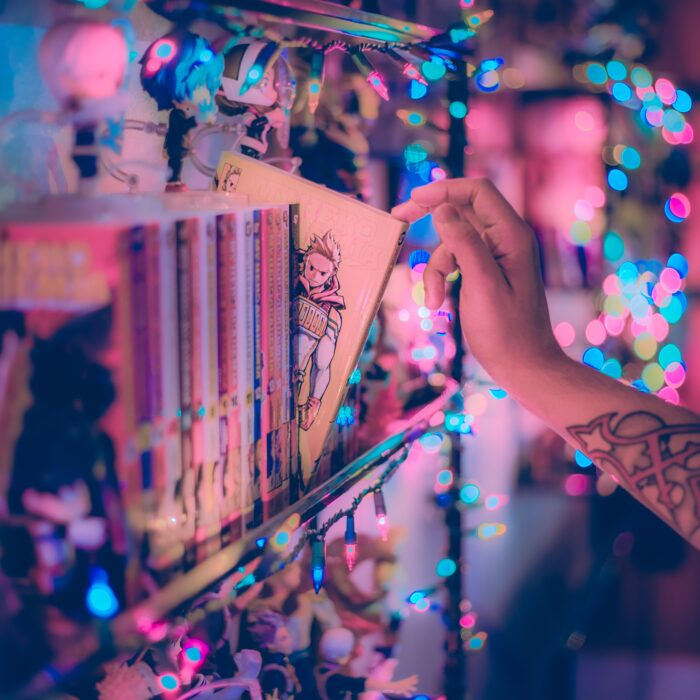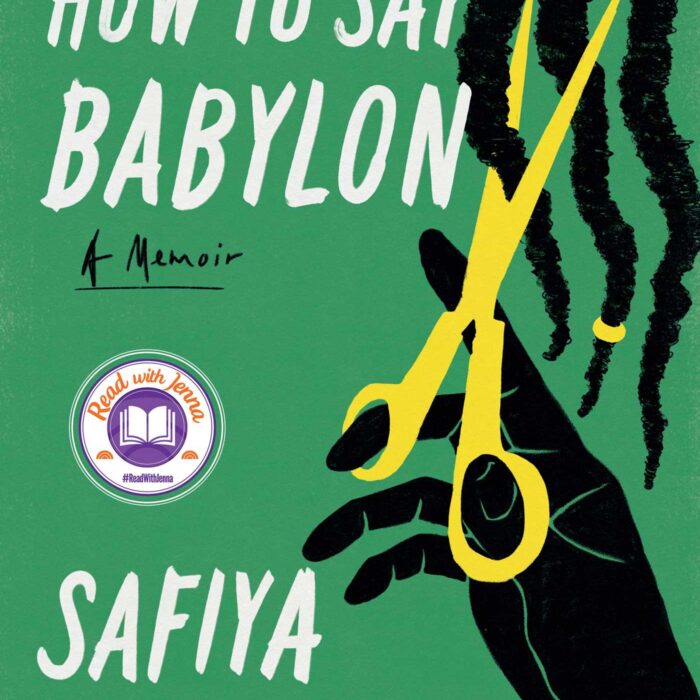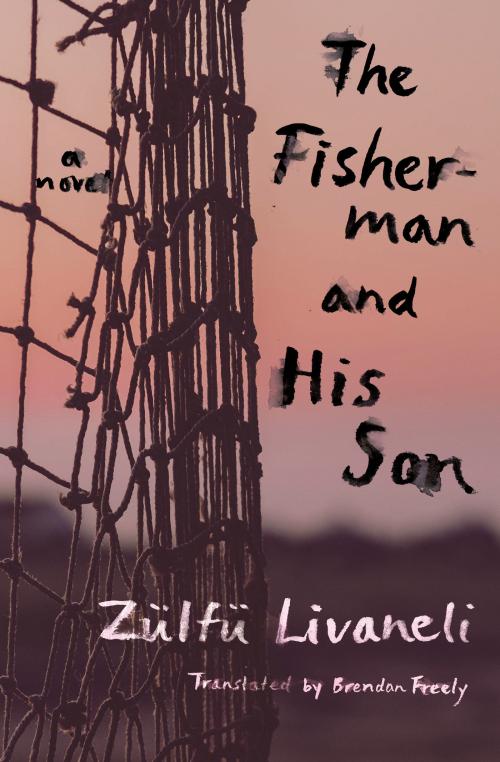You have no items in your cart. Want to get some nice things?
Go shoppingAsk the Brit comic book artist Alan Moore about his relationship with Hollywood or DC and he’ll slump back to Northamptonshire, grumbling that he’ll never cross the Atlantic again. He has every right perhaps. His labours of love such asV for Vendetta, Watchmen, and The League of Extraordinary Gentlemen have been bastardised by film adaptations, resulting in Moore relinquishing all associated with what is still, essentially his writing.
Over the last few years, Hollywood has descended upon the colourful fields of graphic novels and comic books like a plague of locusts, stripping them of their depth and resonance to fly off to the box office ever fatter. Main stream movies, having once been made by men that love film, are now made by men that love money. So, reigning it back in possibly, with another type of collaboration and two fingers up to Hollywood, Alan Moore created a comic book (or graphic novel) that definitely can’t be adapted into 3D and marketed to every age group. Because it’s porn, and unconventional porn at that. Denying the film industry of yet another comic book movie might not have been his intention, but I’m hoping that it crossed his mind. Lost Girls, a graphically erotic exploration into the sexual awakening of three very different, and yet familiar girls, was not made by him alone however.
If the film industry and Alan Moore are a match made in hell, that’s not to say there wasn’t a perfect partner, with one foot in the fantasy realm in which he dwells—for him to find eventually. Melinda Gebbie, a San Franciscan artist, who in the 1970’s was collaborating with the subversive, satirical illustrator Robert Crumb, S. Clay Wilson and Spain Rodriguez, was called to Northampton as Moore’s artist-for-hire when he had the premise for a new story. It began with Peter Pan and the Freudian notion that dreams of flying are linked to sex, but when Melinda Gebbie joined forces the project turned a corner. The couple soon shared a mission to rehabilitate pornography and to take away the associated furtiveness and shame. If sexual imagination cannot be policed, then a graphic novel is possibly a good forum in which it can be explored.
Lost Girls is set in a resort hotel on the Franco-Swiss border, in 1913. The girls in question are the now all-grown-up heroines from popular childhood classics. The silver haired aristocrat with a long list of scandal behind her is Lewis Carroll’s Alice fromInto the Looking Glass, Wendy Potter, wife of a staid middle-aged businessman, is Wendy from J.M Barrie’s Peter Pan and Dorothy Gale, the free-spirited young American tourist seeing Europe for the first time, is the heroine from L.Frank Baum’s The Wizard of Oz. All three come together in an exploration of sexual awakening that progress into pages of more graphic, and at times, relentless pornography.
But the book is rooted firmly in the fantasy world. And what a couple to create it: a man who in 1993 declared that he was a wizard, and a Californian feminist artist. Gebbie’s illustrations- all in a soft pastel pallet- match the sensuality of the material and are far from the brutal images of modern day pornography; and Moore’s narrative (as always) is a multi-faceted commentary- only this time on sex.
Many references are made to a literary tradition that dates back centuries, from the free-wheeling explicit cartoonist Robert Crumb, to Victorian erotica in England: Oscar Wilde and the British illustrator Audrey Beardsley. The book is layered with ideas about ‘childhood’ and the taboo, but also the sexuality of war. By the end of a rambling narrative, where the intimate sexual back-stories of each protagonist is unveiled, and we learn that their awakening has not just been erotic, but restorative and binding, the women escape the hotel as German soldiers storm through and blow everything up. World War one envelopes their journey and the mindless aggression of the soldiers defile the sacred space these women have shared. War, therefore, becomes the ultimate perversion of sex. And the lasting message that Alan Moore and Melinda Gebbie wish to promote is to make love and not war- something their collaboration landed on during the process.

The project took sixteen years to complete and by the end of it? Moore and Gebbie were married. “I’d recommend to anybody working on their relationship that they should try embarking on a 16-year elaborate pornography [project] together. I think they’ll find it works wonders.” Moore said in hindsight, on a relationship and product that might last longer than any Hollywood budget.

Juliette Golding
Juliette Golding studied at Cheltenham Ladies' College and The University of Manchester before going on to study creative writing in San Francisco. She moved to London as a script writer and marketing executive and is in the process of completing a book of short stories. She currently lives in East London.




